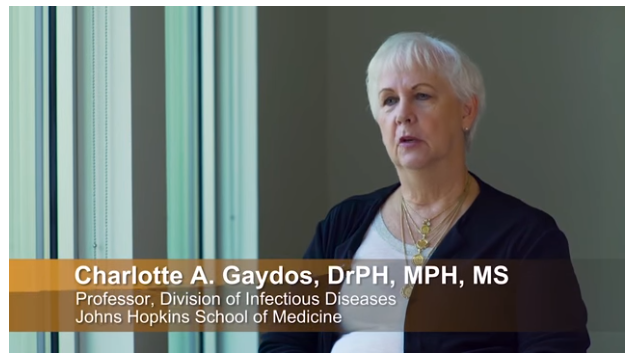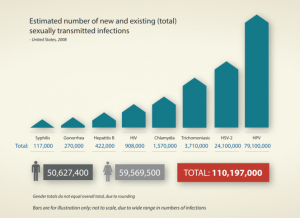What is Trichomonas?
Trichomoniasis is a common, curable, non-viral sexually transmitted infection (STI) caused by a motile protozoan parasite called Trichomonas vaginalis. Trichomonas (sometimes referred to as “Trich”) infects the vagina and sometimes urethra and is transmitted during unprotected sex. It is roughly as big as a white blood cell, and thought to be responsible for approximately 15-20% of symptomatic vaginitis infections.
Formerly considered merely a nuisance infection, it is now recognized as a cause of serious health problems - but it continues to be highly underdiagnosed and under-treated.
Trichomonas infection complications can include

- preterm labor and birth
- infertility
- increased risk of HIV/HSV
- cervical cancer
- prostate cancer in men
- pelvic inflammatory disease
The World Health Organization (WHO) estimates an incidence of 276 million new cases of Trichomonas vaginalis each year and a prevalence of 187 million of infected individuals between the age of 15 and 49 years old. However, as the infection is not reportable in U.S. public health programs, the true prevalence data is likely underestimated. Trichomoniasis occurs at higher rates than other curable STIs such as Gonorrhea, Syphilis, and Chlamydia combined.
|
Method |
Features |
Accuracy |
Time |
Cost |
|
Microscopy |
|
|
|
|
|
Culture |
|
|
|
|
|
Molecular |
|
|
|
|
|
Point-of-Care Test |
|
|
|
|
Testing and Diagnostics Options for Trichomonas
Part of the difficulty in diagnosis of trichomonas is that the majority of people affected do not have any symptoms. It is estimated that around 80% of women and men with trich infections are asymptomatic. Therefore the diagnosis of trichomonas must be laboratory based. When testing for trichomonas, the various diagnostic choices are often limited by either accuracy, timeliness, intended use, or cost.
Improving Patient Care with Immediate Treatment with Point of Care Testing
Treating at the point of care saves time for patients in general, and is especially critical in settings where follow-up can be difficult. And for the physician, the time saved on testing can be used to carry out other important tasks, including educating the patient during the visit.
From a medical standpoint, point of care testing keeps patients from being treated with unnecessary antibiotics. And while the short-term benefit is a cured patient, the longer term benefit is that they can no longer spread trichomoniasis to others.



Share Article